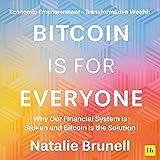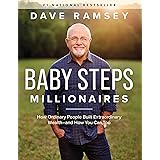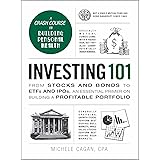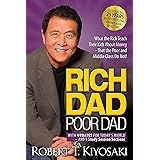
As Hispanic and Latino families become the fastest-growing segment of America’s population, they have the potential to drive significant growth for financial professionals who connect with them. However, many lack the knowledge and resources to prioritize financial goals, help their kids get ahead, and build generational wealth.1
A growing group of Latina creators are making it their mission to change that. They’re using their platforms to teach money wisdom and share personal stories that inspire women to invest in themselves — for the long term.
Jully-Alma Taveras, better known online as Investing Latina, is a Plutus Award-winning bilingual money expert and writer with a mission to educate women about investing. Her savings, investing and entrepreneurship tips have helped thousands of women live more intentionally so they can save and invest more. She’s also built a thriving YouTube community and speaks at events across the country.
Taveras believes that the biggest barrier to financial literacy for many Latinos is inadequate access to culturally relevant finance coaches. “Financial advice can be very intimidating if you don’t understand the language, culture and values of the people who are giving it to you,” she says. “And the same is true for navigating the world of finance, particularly if you’re a first-generation American.”
The challenge is even more daunting for women who may feel that their finances are complicated by factors like immigration status or family relationships. For example, Taveras has heard from Latinas who say they are afraid to ask their financial professional questions because they fear being ostracized or discriminated against.
To make financial literacy more accessible to Latinos, Taveras recommends exploring apps that allow users to buy fractional shares of stock and low-minimum investments in reputable assets. Among her favorites are Finhabits and Suma Wealth, an app developed by the tech startup Beatriz in 2020.
Those who want to start investing should start with as much cash in the bank as possible, she adds. Ideally, that amount would cover 4 months of bare minimum living expenses such as rent, food, health care and transportation costs. Next, she says, they should consider opening a retirement account or an investment account at their bank.
Another way to invest is to support small businesses in their local communities and beyond. Whether that’s by shopping at Latina-owned stores or sharing their stories on social media, or by investing in a Latino-owned business through venture capital. “It’s a way to create jobs and contribute to the economic future of their community,” says Orlando Bravo, founder and CEO of Orlando Bravo Capital Partners, a private equity firm that invests in minority-owned and women-owned businesses.
Ultimately, it’s the Latinas who will have to drive their own financial success if they want to close the wealth gap. And that starts with education, support and financial planning strategies tailored to their unique circumstances. With the right guidance, Latinas can take control of their money, reach their goals — and create a brighter financial future for generations to come.









